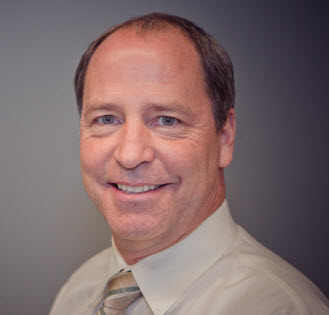Service Spotlight: Electrical Engineering with Jim Montross
Wed, Oct 12, 2016 Carina Calhoun Sustainable Design, Jim Montross, Integrated Design, Electrical Engineering, Service Spotlight
![]()
 As part of a continuing series on this blog, we’ll take a look at members from each of our services to highlight LPA’s integrated design process and showcase our commitment to sustainable design.
As part of a continuing series on this blog, we’ll take a look at members from each of our services to highlight LPA’s integrated design process and showcase our commitment to sustainable design.
This month, we sat down with LPA's Director of Electrical Engineering, Jim Montross, to discuss the importance of electrical engineering in the overall design process and the value it brings to an integrated process.
Q: How long have you worked at LPA?
A: I have been with LPA for nearly four years. I came here after closing my consulting firm I operated for 17 years. The first thing I noticed coming aboard was that I was surrounded by talented, bright and motivated architects and engineers. Being surrounded by such talent is inspiring, and I was immediately inspired.
Q: How does sustainable electrical engineering impact the overall design solution?
A: My focus for electrical design has always been on energy efficiency and sustainability. Sustainable electrical engineering impacts the overall energy performance of a building. We typically provide energy savings by efficient lighting design below that required by code. This saves directly on energy costs, and indirectly by reducing the heat load from lighting reducing the energy needed to cool the space. Reducing energy reduces the carbon footprint and creates a more sustainable project.
Q: Why do you think it is valuable to work at an integrated design firm?
A: The integrated design approach brings all disciplines together working side by side to develop the best possible design solution for our clients. We begin the project together, so from day one to the last day everyone’s input is considered and is used to shape the project. The outcome is a well-coordinated, efficient and sustainable project.
Q: What does a day in the life of Jim Montross look like?
A: I typically spend the first one to two hours of my day responding to email and other correspondence. If I have submittals or RFI’s to respond to, I will then take care of them next so I am always caught up on those tasks. Usually I am in at least one, sometimes two or more design meetings with the integrated design teams usually in our Irvine office. At least once a month I travel to one of our other California offices for construction site observations, field investigations or team design meetings. When I can find time in between these meetings I will run our electrical design team meetings, work on project designs, and work with the electrical staff on projects.
Q: What’s the most interesting project you’ve worked on? What did it entail?
A: I have been very fortunate to have worked on a great assortment of projects in my career including large resort ballrooms, Naval facilities labs in Hawaii that maintained dolphin tanks, top secret military projects and complex campus renovations involving multiple buildings.
The most interesting project I have worked on recently is one that is currently on my table, the West Hollywood Recreation Center. It is interesting for its great size, but mostly for the complexity of the site and building. We are creating a five-story building that spans over a road, has a full-size competition basketball court on the second level, two pools on the upper deck, solar photovoltaics (PV) on the roof and a grand stair connecting the building to the park. All utilities are brought to the new building through extremely congested site conditions. The park itself includes a variety of play areas, art displays and provisions for the Elton John AIDS Foundation annual concert.
Q: How does electrical engineering impact the built environment?
A: Electricity is all around us. People have become dependent upon electrical power for work, recreation, relaxation, health and essentially everything we do. The built environment contains electrical systems including power, lighting, life safety (fire alarm), computer networks, and telecommunication. Our electrical designers work with our integrated teams to incorporate these systems combining function, convenience and beauty into the built environment.
